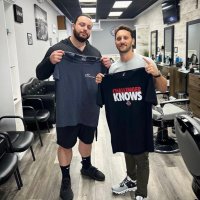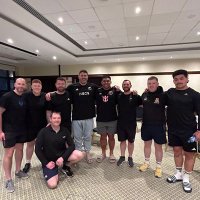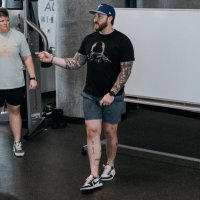
Md Belal Quraishi
@levelup_physio
Sports Physiotherapist @MohammedanSC ll
Founder & Director @ MIN^ED ACADEMY ll
Writer ll
Poet
ID: 711169946970157056
19-03-2016 12:38:23
1,1K Tweet
77 Takipçi
356 Takip Edilen





















@levelup_physio
Sports Physiotherapist @MohammedanSC ll
Founder & Director @ MIN^ED ACADEMY ll
Writer ll
Poet
ID: 711169946970157056
19-03-2016 12:38:23
1,1K Tweet
77 Takipçi
356 Takip Edilen



















